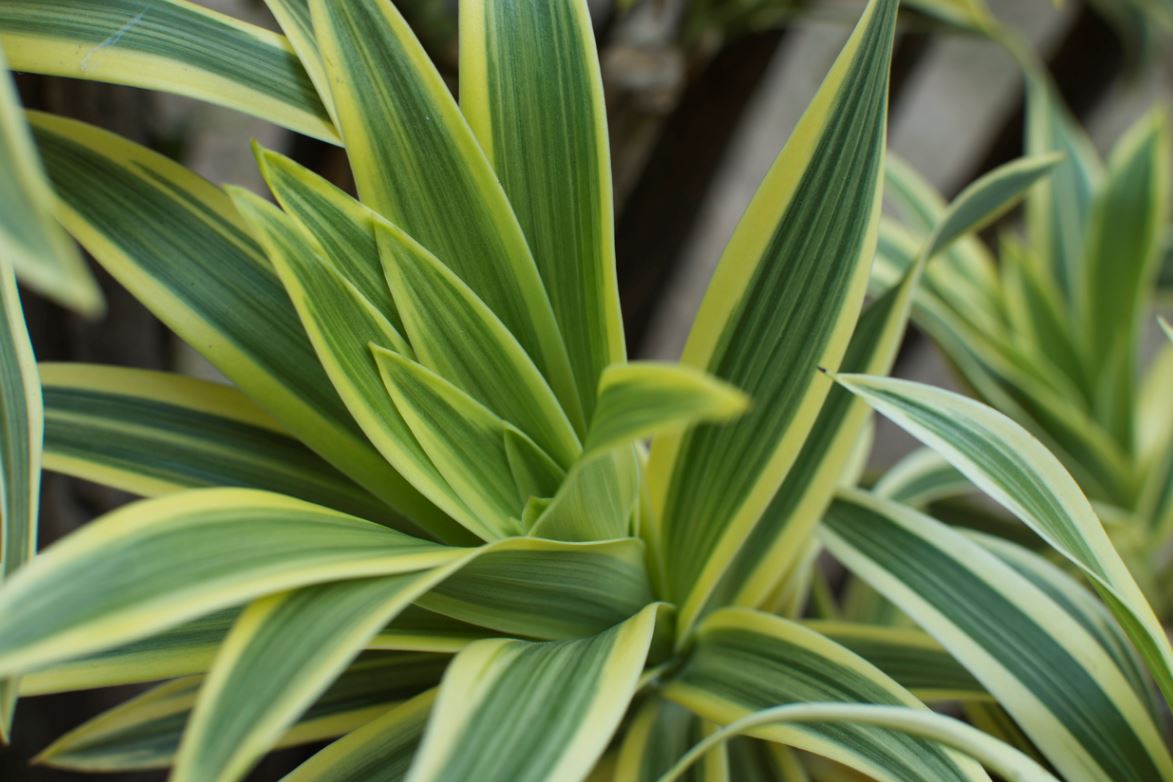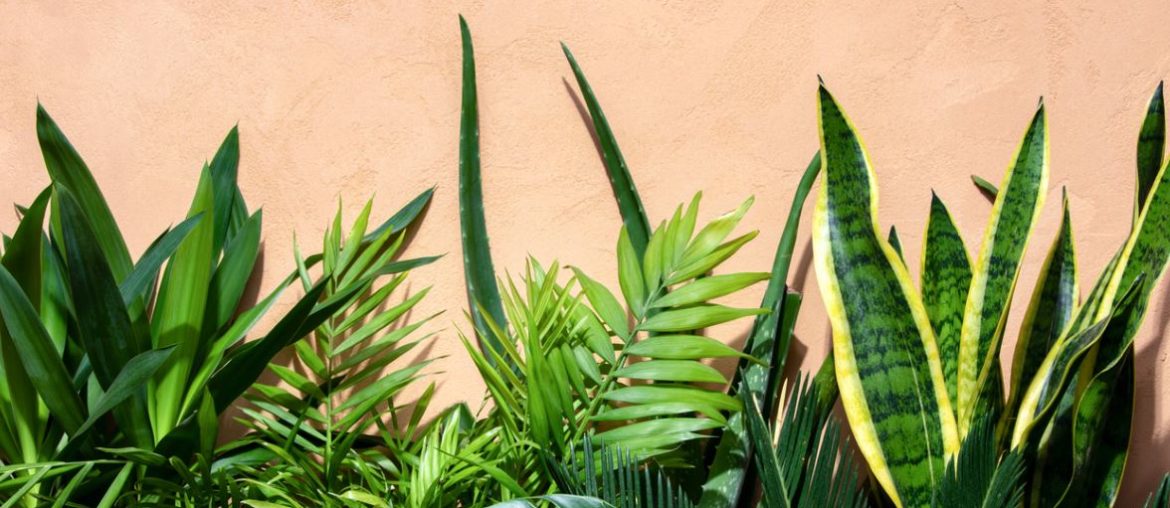Indoor plants are more than just aesthetic value. Vegetation plays a positive role in the feeling of well-being, and a room populated with plants is more welcoming, more cheerful, easier to live with. This is due to known or completely new physico-chemical reactions …
Indoor plants, very beneficial for the environment
Thanks to photosynthesis, plants are the planet’s main providers of oxygen. They are indeed capable of “breaking” the carbon dioxide (C02) molecule to remove the carbon and release the oxygen. In this regard alone, the presence of plants is very beneficial for the human environment, especially in the house.
As a result, the presence of plants reduces headaches and the feeling of heaviness in the limbs that we see in poorly ventilated rooms. These properties have been scientifically demonstrated by NASA in studies carried out as early as 1974. It follows that kentia (Howea forsteriana), Spathiphyllum, ivy, Canarian date (Phoenix canariensis) and rubber (Ficus elastica) are particularly suitable for improving the air quality of a room.
When sweating, plants give off water vapor, which plays a significant role in humidifying the air. This effect is enhanced by the frequent sprays which are added to their foliage. Improved humidity reduces the impression of a dry throat, but also irritation of the eyes, nose and skin that can be felt in some rooms, especially when the air conditioning or heating is on.
Pump up pollutants
Studies, carried out in 1994 by German researchers, showed that certain indoor plants were able to absorb harmful materials present in our daily lives.
Formaldehyde, a toxic substance, very present in plastics, building materials, wallpaper and most synthetic materials, is absorbed in large quantities by the tissues of the Boston fern (Nephrolepis exaltata), which is by far the most important. champion in this field.
It is slightly ahead of the following plants with similar efficacy: hain date palm (Phoenix roebelenii), bamboo palm (Chamaedorea seifrizii) and Dracaena deremensis ‘Janet Craig’.
Next come: aloe, ivy, phalanx (Chlorophytum comosum), Ficus benjamina, elephant ear, Dracaena fragrans ‘Massangeana’, areca (Chrysalidocarpus lutescens) and syngonium. By metabolizing formaldehyde into elements that are part of the composition of their tissues, these plants reduce by three the concentration of this product in the air.
But that’s not all. Microorganisms (bacteria) that live in the roots of most plants are able to use toxic substances in the air as a source of food and energy. Due to their very rapid development and their mutagenic properties, bacteria develop colonies resistant to the harmful substance in a few days and even become all the more active when they are in the presence of the product.
Carbon monoxide, a very toxic gas which is given off in particular by poorly adjusted stoves, trichlorethylene and even benzene are well absorbed by ivy, sansevieria and the umbrella tree (Schefflera actinophylla). The proportion of ammonia in the air is significantly reduced by the cane palm (Rhapis excelsa).
Studies have shown that plants that exhibit high levels of transpiration are the most effective in limiting indoor pollutants. But be aware that the lifespan of plants dedicated to this type of use will necessarily be limited, because too much perspiration causes the foliage to fall.

To read also: 20 depolluting houseplants
Some practical advice
It is certain that the depolluting action of plants depends above all on the surface of their foliage. The larger the limbus, the greater the theoretical efficiency. For a good efficiency, the surface of the foliage (in cm2) should be equal to approximately twice the volume of the room (in m3). For example, for a room of 50 m3 (5 x 5 x 2.50 m), you will need at least 100 cm2 of foliage, or 1 m2, which is provided by a single large pot of Boston fern.
To reduce allergies
Since the foliage of most green plants has a positive electrostatic effect, it irresistibly attracts dust and many harmful particles that are suspended in the air. As a result, some important causes of allergies are reduced. It is enough to run a damp sponge once a month over the leaves of the plants to rid them of the heavy layer of dirt covering them.
Anti-stress plants
Various studies of environmental psychology, carried out in Norway, the United States and the Netherlands in businesses, hospitals and homes, have shown that the mere presence of plants creates a real feeling of well-being, helps concentration , reduced stress and stimulated creativity. This is undoubtedly due to a primary and instinctive reaction which makes one generally feel more at ease in a natural environment than in an artificial one. The need for greenery would be “genetic”. Plants emit negative ions, particles which are very useful for the feeling of well-being and which are lacking in modern apartments.

Plants have a role to play in the acoustics of a room
Thanks to their foliage with complex shapes that slow down the propagation of waves, plants play a natural sound absorber role. It suffices to place a large container along a thin partition, to significantly improve the acoustic perception in a poorly insulated room.
Thorny reflections
It may seem a little incongruous to install cacti near a computer, due to the thorny nature of these plants. But in reality, their presence allows us to adopt a more calm attitude, to measure our gestures, to better control our reactions and above all to store papers and accessories with more care to avoid stinging us. Due to the great strength of these plants, maintenance is limited and longevity guaranteed, provided you do not overwater.
To avoid your risk of soiling by the soil, cover the surface of the pot with small gravel or pozzolana, the cacti will also appreciate the attention.
Read also :








